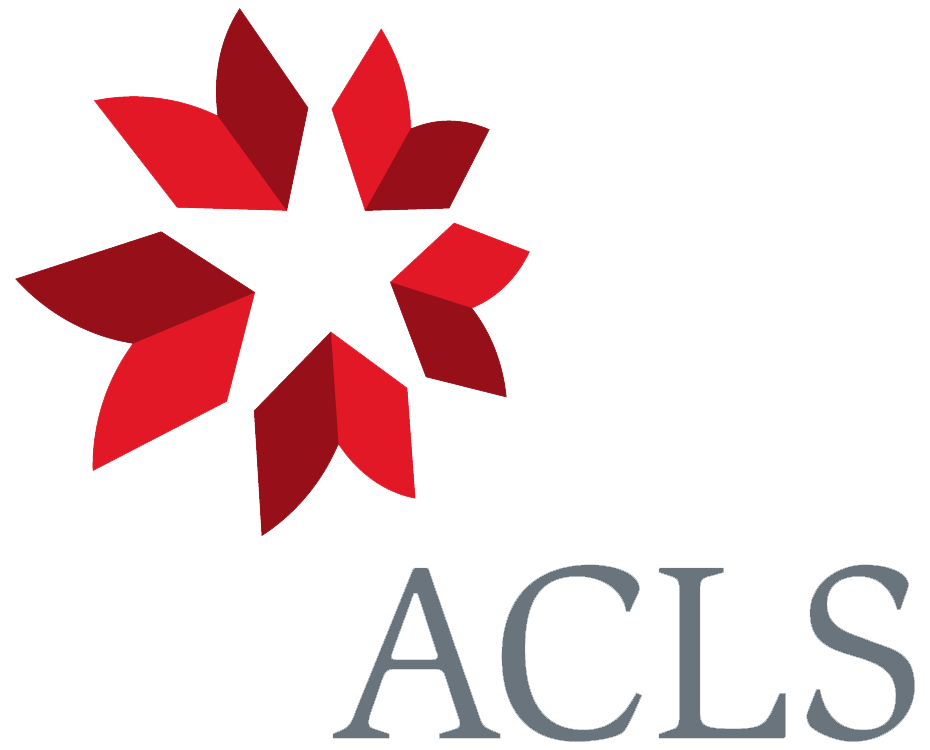To Daniel Oliver 11 September [1860]1
Down Bromley Kent
Sept 11th
My dear Sir
Dr. Hooker told me that you would be so kind as to observe rate of closing of leaf of some Australian Drosera,2 if it does close its leaf over flies.
There are two other points, on which I shd be infinitely obliged for a little information. Lindley speaks on the closing of the leaf of Drosera lunata of India, in a manner which makes me suppose that it closes in a more marked manner that our Drosera;3 I see Steudel in his Nomenclator refers to Buchanan & Wight,4 would it give you much trouble to refer to these Authors & see whether they say anything on the subject.—
Lastly would you look at the Dionæa (if you have living specimen) & observe whether the hairs are viscid, for it almost passes my belief that the leaf can snap so quick as to catch a fly, unless it be in some degree entangled: when a fly is caught it is said to be bathed with a secretion, as in case of our Drosera.—5
Pray forgive me troubling you so much & believe me | My dear Sir | Yours very faithfully | C. Darwin
P.S. I believe one of your Gardeners artificially stirred up pollen in the indusium of Leschenaultia formosa at my request.6 Will you ask whether it has made Pods. My plant has made pods on those flowers, which I thus treated. Whether my seeds will ripen I doubt, but I can see seeds through walls of pod.—
P.S. | I have written to Gardeners Chron. to ask for authority of movement of leaves of D. lunata.—7
You will think it incredible but it is a fact that genererally th part of single grain of Nitrate of Ammonia (nitrogen in both base & acid) causes decided movement of leaf. Even th of a single grain sometimes causes movement, & I am myself convinced (though I do not expect any one to believe without ocular evidence) that th of a grain occasionally produces an effect on very sensitive & young leaves.— Are not these facts curious, ie if you can swallow them. Believe me that they are not stated without numerous & carefully repeated experiments.—8
Footnotes
Bibliography
Insectivorous plants. By Charles Darwin. London: John Murray. 1875.
Lindley, John. 1846b. The vegetable kingdom. London: the author.
Steudel, Ernst Gottlieb. 1841. Nomenclator botanicus: seu: synonymia plantarum universalis, enumerans ordine alphabetico nomina atque synonyma, tum generica tum specifica, et a Linnaeo et a recentioribus de re botanica scriptoribus plantis phanerogamis imposita. 2d edition. 2 parts. Stuttgart and Tübingen: J. G. Cotta.
Summary
Requests observations on Drosera and Dionaea,
and asks DO to look up Buchanan and Wight on insectivorous plants ["Conspectus of Indian Utricularia", Hooker’s J. Bot. 1 (1849): 372–4].
Letter details
- Letter no.
- DCP-LETT-2913
- From
- Charles Robert Darwin
- To
- Daniel Oliver
- Sent from
- Down
- Source of text
- DAR 261.10: 9 (EH 88205993)
- Physical description
- ALS 6pp
Please cite as
Darwin Correspondence Project, “Letter no. 2913,” accessed on 24 April 2024, https://www.darwinproject.ac.uk/letter/?docId=letters/DCP-LETT-2913.xml
Also published in The Correspondence of Charles Darwin, vol. 8


